While many mark the end of the festive season on January 6, the date is a time for celebration on a remote Shetland island.
Past and present residents of Foula, located about 20 miles west of mainland Shetland, are keeping traditions alive by celebrating Old Christmas today.
Known locally as Yule, the customs of the day have changed over the years but it has always remained a day for families to come together – and receive presents from Santie, of course.
But why do some Shetlanders celebrate Christmas in January?
The tradition dates back to 1752 when the UK adopted the Gregorian calendar to be in line with the solar equinoxes.
At the time, Foula remained in the Julian calendar which meant Christmas and New Year would be observed 10 days later than the rest of the country.
The holidays were celebrated on January 5 and January 12 for many years until Foula introduced calendar changes in 1800.
As this was a leap year, Shetland Yule was then observed a day later on January 6, and has been celebrated on that day every year since.
Celebrating Yule on Foula
Foula may be home to just dozens of residents these days but the island population temporarily increases each January as people return for Yule.
Travelling across to the island is very dependent on the weather, which almost prevented many from being able to celebrate this year.
Robert Smith along with a third of the the population of Foula, flew over on the Islander plane on Friday ahead of the big day.
He said: “We very nearly missed auld Christmas due to the wind but thankfully we made it just in time.
“A lot of residents like to spend ‘new Christmas’ on December 25 on the mainland with family who celebrate it, before returning to Foula to celebrate ‘auld Christmas’ on January 6.”
In the past, Yule celebrations would start in Shetland in mid-winter and last 24 days with a number of “unique” traditions.
These included games of “ba” with a pig’s bladder acting as a ball and group shooting excursions, as well as eating “scarfs” and sheep.
Two of the traditional foods Robert’s family always make around Christmas time are an old Foula recipe for treacle loaf and “broonies”, which he describes as a softer oatcake.
“Usually in the morning we have a fairly normal Christmas – opening presents, cooking a roast dinner, making trifle,” Robert said.
“Then in the afternoon people start visiting each other around the isle, bringing presents, glad tidings and often a dram.”
Keeping traditions alive
Robert’s cousin Leona Gear grew up in Foula and still marks Yule each year even though she has moved to Glasgow.
As her dad is from the island and her mum is from Orkney, she and her family have always celebrated Christmas Day and Yule.
“We would spend new Christmas with the Orkney family and then celebrate Yule at home,” she said.
“I still mark it every year. I’ll open half of my presents on January 6 and cook yet another Christmas dinner. We watch Christmas film and Santie comes.
“My Yule memories will look like most people’s Christmas celebrations, just on a different day.”
The 34-year-old also shared how the family would visit others on the island to enjoy music, sing songs and play guidicks – Shetland dialect riddles.
This was echoed by Robert: “There are a lot of musicians on the island and music gets played at these gatherings which can easily go on until the sun rises the next day.
“Old Yule used to be much more widely celebrated in Shetland but has become less popular among this generation. Many older folk still remember celebrating it tough.”
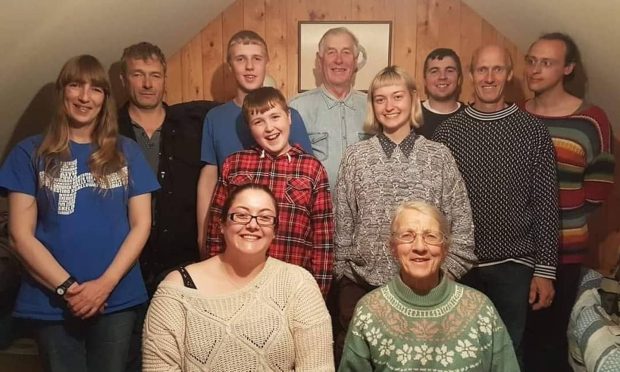
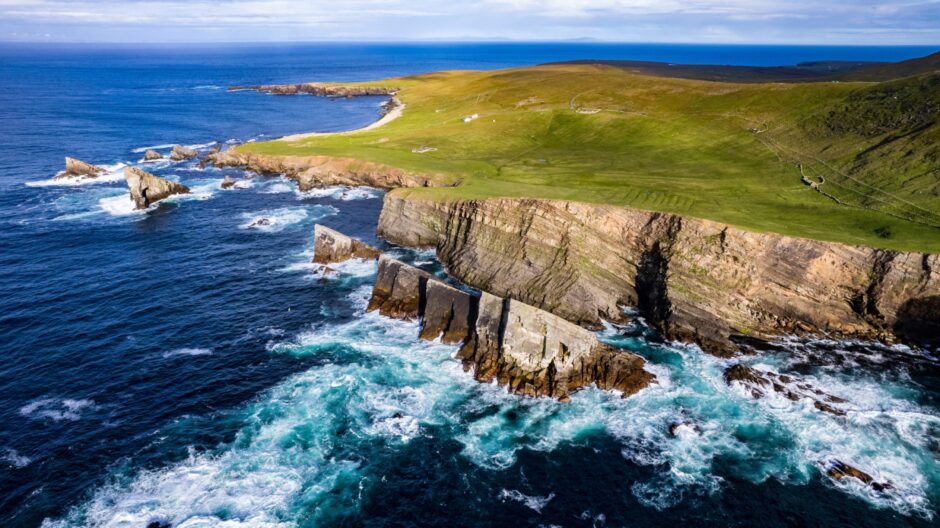
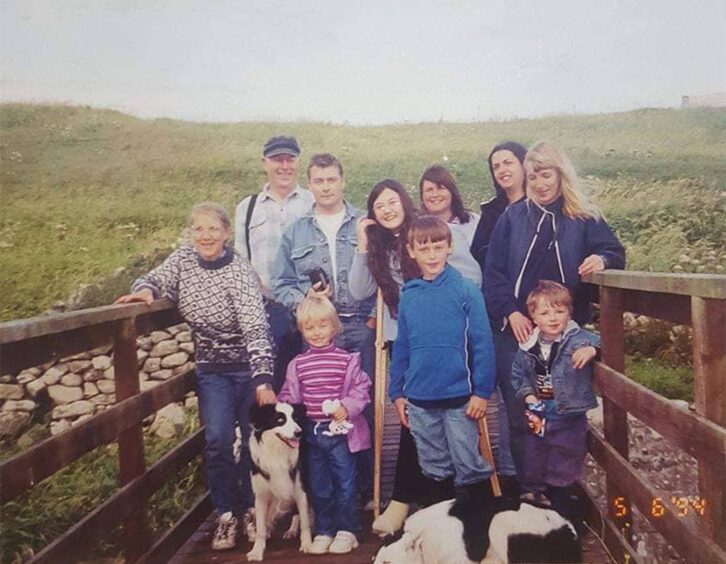
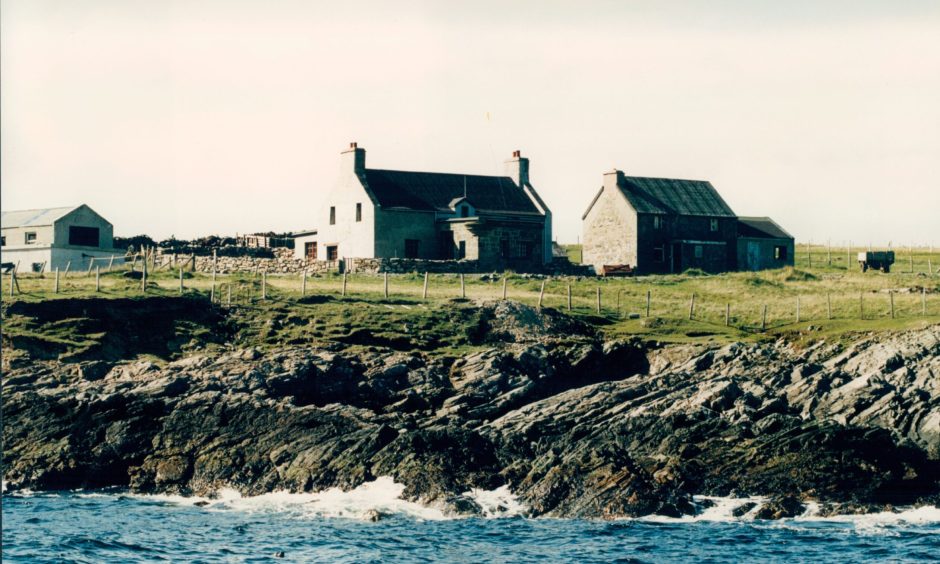
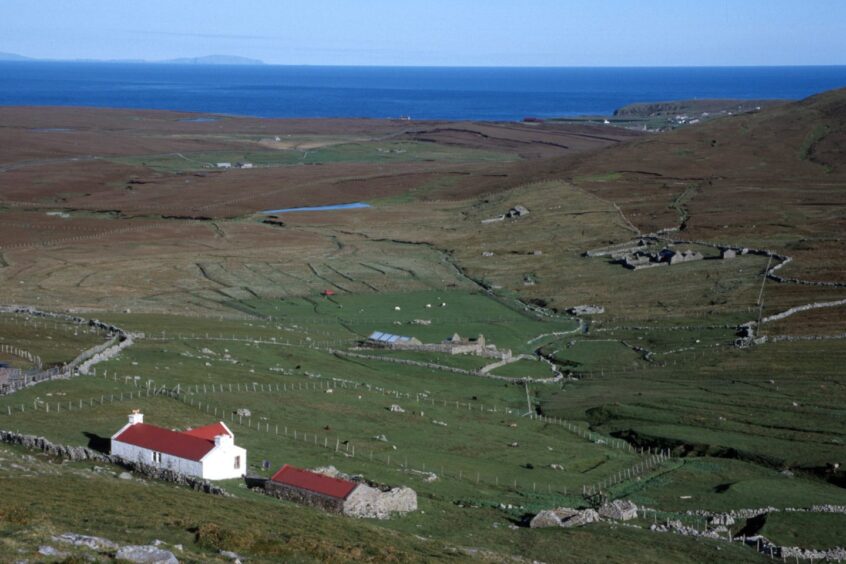
Conversation